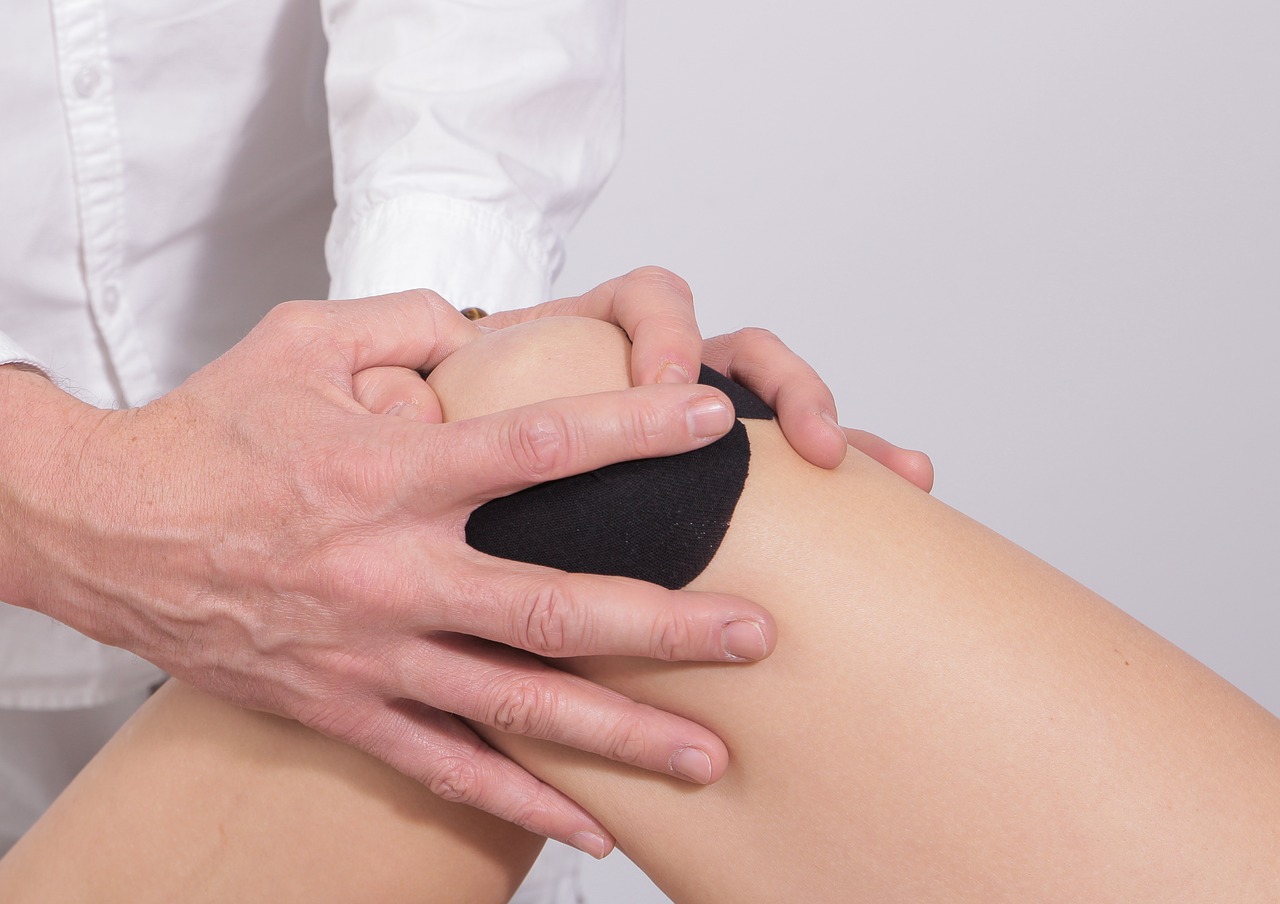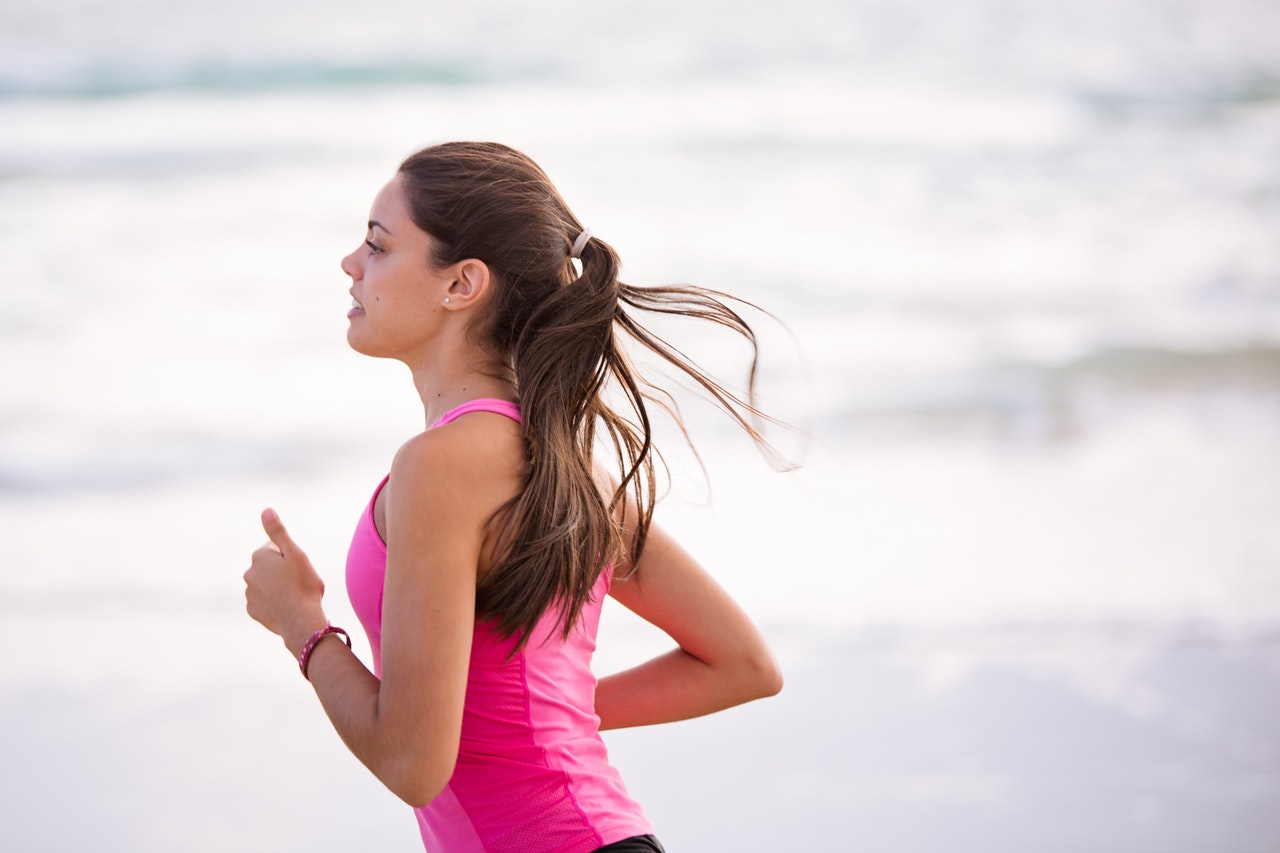[vc_row][vc_column][vc_single_image image=”2131″ img_size=”large”][vc_column_text]Recently with the recent end of basketball and football season I’ve started hearing from a lot of my patients that their teenage and near teenage kids are complaining of intermittent knee pain after playing sport. I can count at least five of them that also told me that they think their kids are simply complaining for no reason…or perhaps so they can stay in and play Fortnite, it’s debatable. Anyway, once assessing many of these kids and young adults and chatting about their pain I’ve found that many of them were all presenting positive for a type of knee juvenile knee pain condition that needed and can benefit from physiotherapy treatment and management. That condition is called an Osgood-Schlatter lesion and diagnosis is made through a subjective history or background, and a physical assessment of the knee.
So firstly, what is it?
Osgood-Schlatter lesion is characterised by pain experienced by a young athlete or sport player in the front of the knee just below the level of the patella (kneecap). There is a large and powerful patellar tendon attached to the tibial tubercle. This allows the knee to extend with contraction of the quadriceps thigh muscles. For these active children and teenagers, periods of active growth in their skeletal system that coincides with periods of high physical activity can cause the patella tendon to pull at the bony attachment which is undergoing a period of growth. The growth plate below the surface of the bone softens and can then cause debilitating pain in the anterior knee when too much stress is placed on it.
How do I know if I or my child may have this condition?
According to the evidence, it is common for children progressing through puberty to experience Osgood-Schlatter lesions with boys aged 13-15, and girls aged 10-12, being at a higher risk. They will complain of pain in the front of the knee below the level of the kneecap and generally the pain comes on after stopping exercise not so much during, though they can have pain during exercise too.
How long will it last?
Osgood-Schlatter lesions are self-limiting. What that means in that the condition will settle in time by itself and when the period of rapid growth slows down. Generally this can take 3-6 months on average.
What Can I do?
Book in to see your physiotherapist. The reason physiotherapy helps is because during this time, the pain can be markedly reduced and the teenager’s quality of life is greatly improved. The time to recovery can also be reduced with treatment, however keep in mind that by playing sport the time that the pain hangs around is neither increased nor reduced.
At Enhance Physiotherapy we are dedicated to helping you or your child with Osgood-Schlatter lesions, reassuring them with sound education and management strategies to ensure that together with treatment you are getting the best patient care possible.
Take care! Jubilee
Jubilee works full time at our Mandurah Clinic. To book an appointment with Jubilee call 9583 5165 or simply book online.
References
Brukner and Khan’s Clinical Sports Medicine—Volume 1: Injuries, 5th Edition. (January 01, 2018). Medicine and Science in Sports and Exercise. Pp 802 & 888.
[/vc_column_text][/vc_column][/vc_row]


